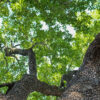Benefits of Becoming a Tree City USA in Texas
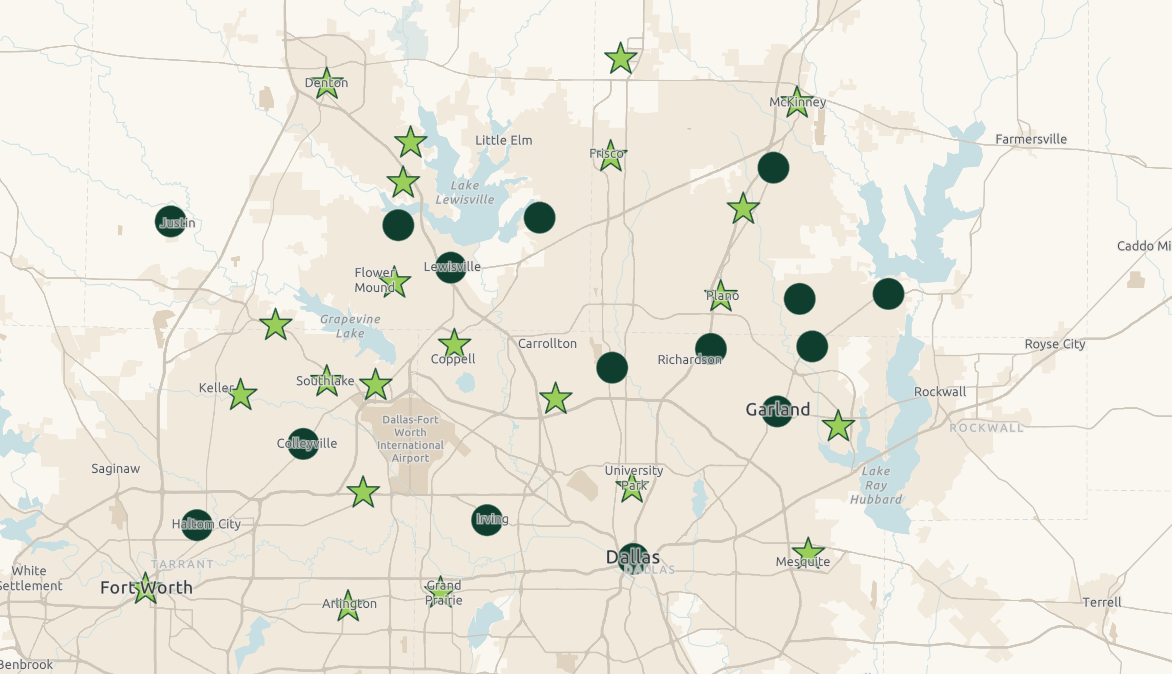
In recent years, many Texas communities are exploring how to achieve Tree City USA. Tree cities reap numerous advantages, ranging from environmental to social benefits, enhancing the lives of their residents. What are the perks of receiving this designation from the Arbor Day Foundation?
Promoting Healthier Air Quality
Trees play a crucial role in absorbing pollutants and filtering particulates out of the air, leading to improved air quality. This directly impacts community health by reducing respiratory issues and creating a cleaner environment. In areas where air pollution is a pressing concern, the establishment of more trees can work wonders in mitigating these problems. Moreover, this not only benefits humans but also improves conditions for all living organisms in the area, fostering a more harmonious coexistence.
The impact of air quality on public health is profound, emphasizing the importance of trees in urban planning. Leaves, bark, and roots absorb gases, such as sulfur dioxide and ammonia, which are harmful to our respiratory systems. As communities focus more on sustainability, becoming a Tree City demonstrates a commitment to eco-friendly initiatives, prioritizing public health and well-being.
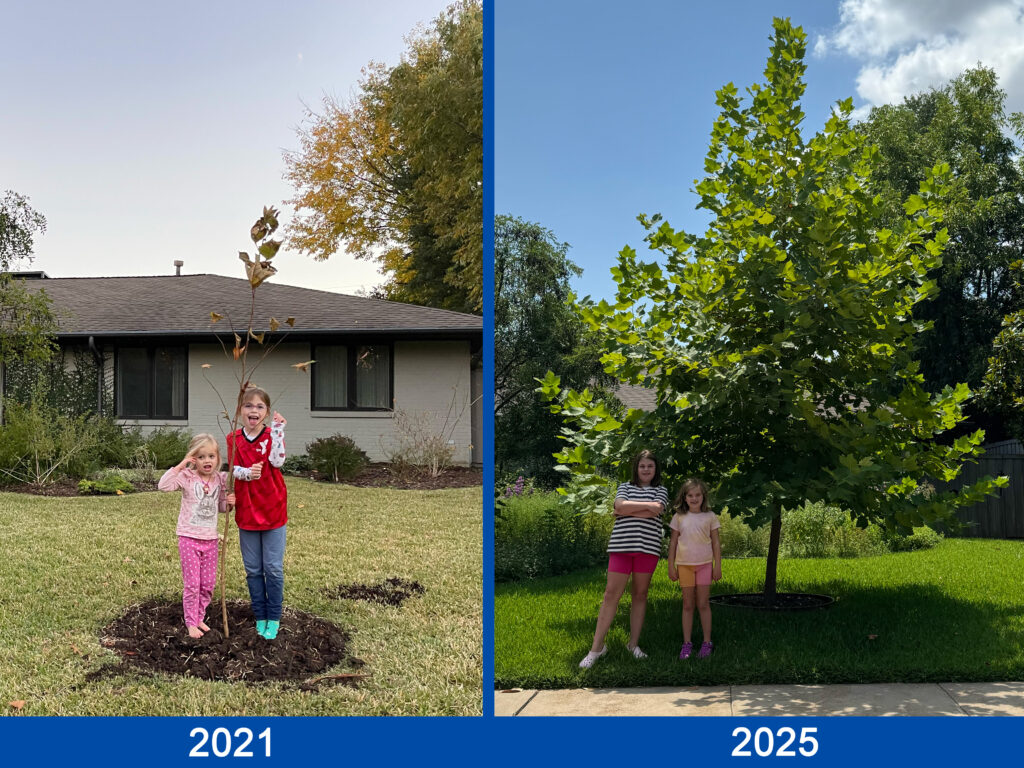
Beautification and Community Pride
Trees add natural beauty to the landscape, creating scenic environments that residents and visitors can enjoy. This aesthetic appeal can increase property values and enhance community pride. Just imagine tree-lined streets in autumn, with vibrant colors cascading from every branch, providing an inviting and picturesque view for everyone. Also, it’s been noted that areas with abundant greenery tend to attract more foot traffic, boosting the local economy by bringing potential customers into the vicinity.
Enhancing community aesthetics with trees is not just about looks—it fosters identity and character within neighborhoods. As more people are drawn to lush and attractive areas, there is a growing sense of pride among residents. This pride often translates into active participation in community initiatives, promoting further beautification projects and environmental stewardship.
Shade and Energy Savings
In the Texas heat, shade trees are a blessing. They provide cool, comfortable areas for outdoor activities, reducing the ‘heat island’ effect common in urban areas. This is particularly crucial in cities where concrete and asphalt absorb and retain heat, making them quite uncomfortable during summer months. The shade offered by trees not only makes these areas more pleasant but also helps to lower air-conditioning costs for nearby buildings.
Strategically planted trees can also reduce energy use by providing shade and windbreaks, leading to lower energy costs for residents and businesses alike. During the summer months, shade trees can lower the temperature of surrounding areas by several degrees, significantly impacting energy demands for cooling systems. Conversely, during the winter, trees serve as windbreaks, reducing heating costs by blocking chilling winds.
Furthermore, having shaded areas encourages outdoor activities and community gatherings, strengthening social ties among residents. People are more likely to spend time outside, enjoying playgrounds, parks, and picnic spots, when they know there’s respite from the blazing sun. Over time, this can contribute to healthier lifestyles as residents become more active and connected.
Mitigating Stormwater Runoff
Trees help absorb rainwater and reduce runoff, which can lessen the impact of flooding, decreasing damage to infrastructure and lowering water treatment costs. Their root systems act like sponges, soaking up excess water and slowly releasing it, which helps reduce pressure on urban drainage systems. This natural water management system is particularly beneficial in urban areas where concrete surfaces otherwise exacerbate water runoff problems.
Encouraging Biodiversity and Habitat Support
Increased tree cover provides habitats for various species, supporting biodiversity and fostering a healthier ecosystem within the community. Each tree acts as a mini-ecosystem, offering homes and food sources to a multitude of species, from birds and insects to small mammals and fungi. By maintaining a diverse tree population, communities can encourage wildlife presence and support conservation efforts.
Biodiversity is crucial for ecosystem resilience, helping nature withstand and recover from environmental changes. In Tree Cities, fostering biodiversity through strategic tree planting can promote a natural balance, enhancing the ecosystem’s ability to adapt to changing climates and human expansion.
Stronger Community Engagement
Engaging in tree planting and maintenance can bring community members together, fostering a sense of ownership and collaboration amongst residents. These activities not only beautify the community but also offer opportunities for learning and involvement for all ages, strengthening ties among neighbors.
Community engagement through tree-related activities often results in a shared sense of achievement and empowerment. Residents who participate in tree planting initiatives are likely to take continued interest in local environmental efforts, developing a stewardship mentality that benefits the entire area.
Increased Funding Opportunities
Communities recognized as Tree City USA often receive priority when applying for grants or state/federal support for urban forestry projects. This allows cities to build a resilient green infrastructure

At Texas Tree Surgeons, we’re passionate about helping communities across Dallas-Fort Worth grow and care for their urban forests. If your city or neighborhood is interested in pursuing Tree City USA recognition, our Certified Arborists can provide guidance, expertise, and support you in getting started. Together, we can plant the roots of a stronger, healthier, and greener North Texas.
Related Blogs
Similar blogs related to this topic

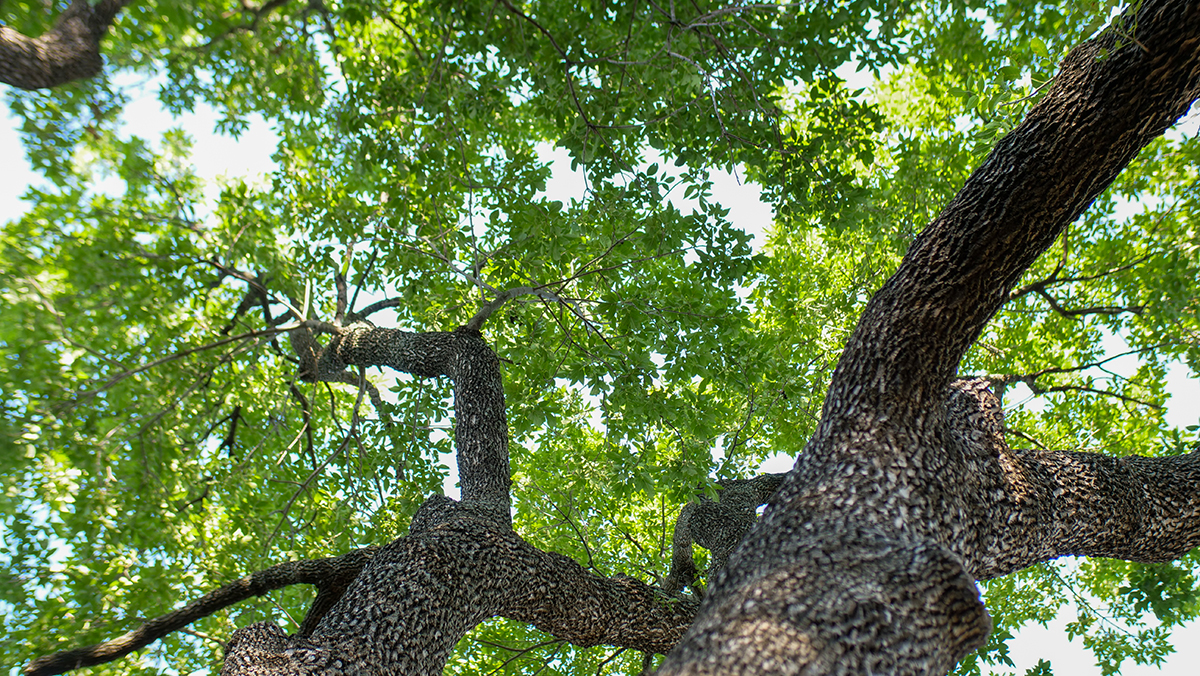
How to Become a Tree City USA —and Why It Matters
Earning the designation of Tree City USA is more than just an honor. It’s a statement that your community values trees, sustainability, and quality of life. Across the country, more than 3,200 communities—from small towns…
Read more
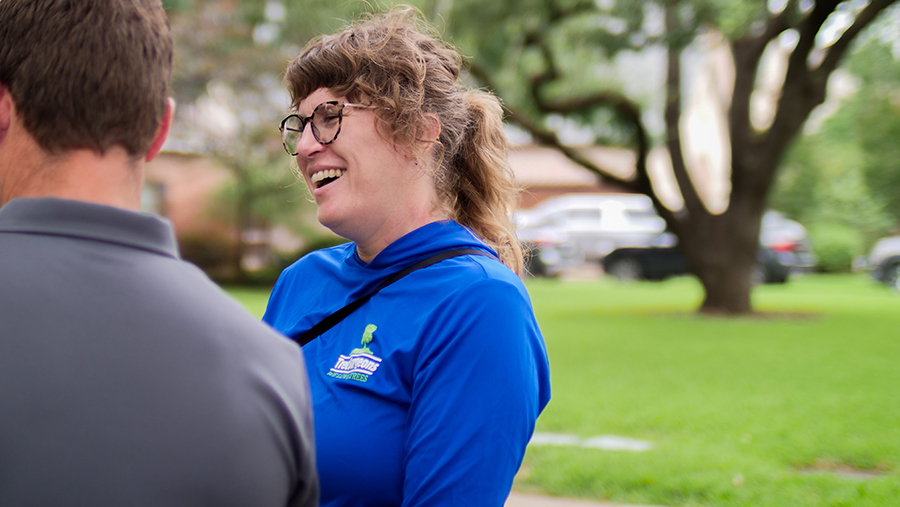
Arbor Day Foundation Recognition Programs: It’s Not Just for Cities!
While Tree City USA is what most people know, the Arbor Day Foundation offers several other prestigious programs designed for utilities, campuses, and healthcare institutions. These recognitions share a common goal: to celebrate organizations that…
Read more

Emerald Ash Borer (EAB): What Communities Need to Know and Do Now
The Emerald Ash Borer (EAB), an invasive beetle from Asia, has become one of the most destructive forest pests in North America—and it’s no longer a future threat for North Texas. It’s here, and it’s…
Read more